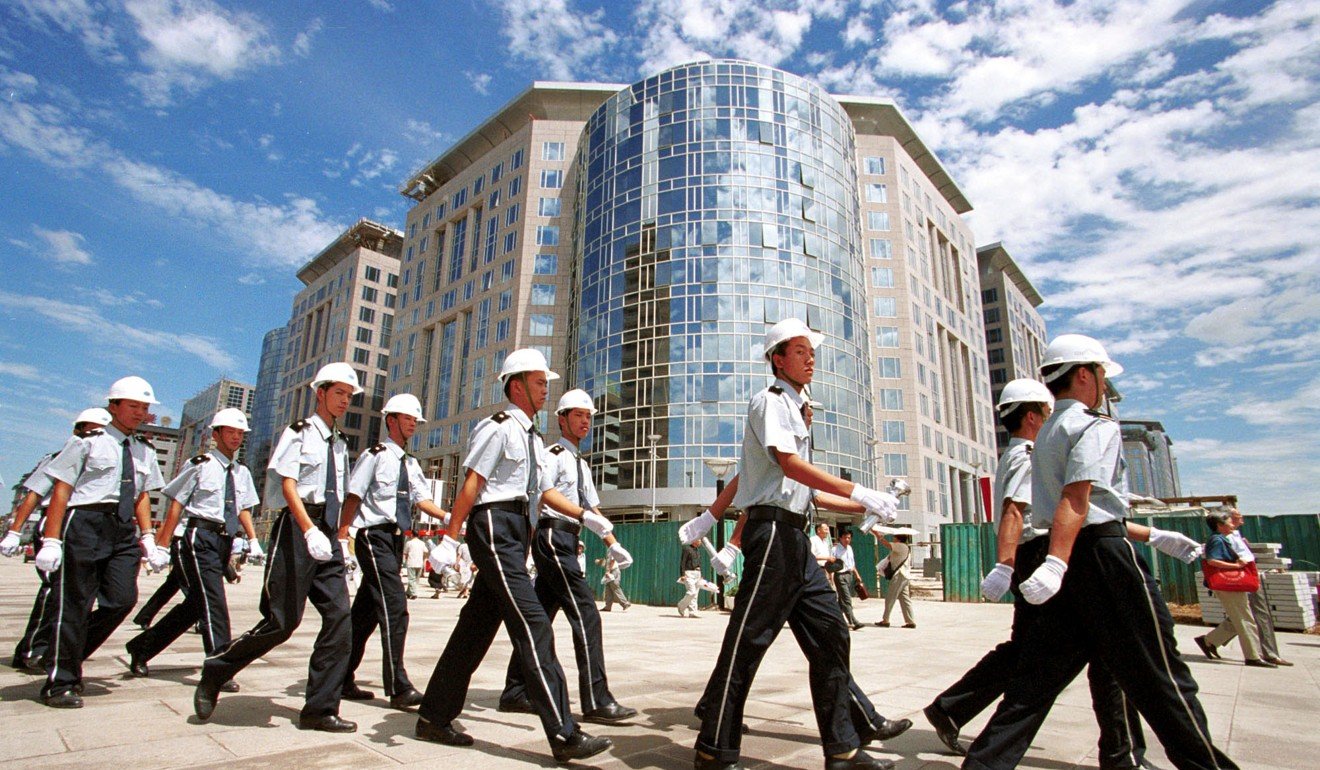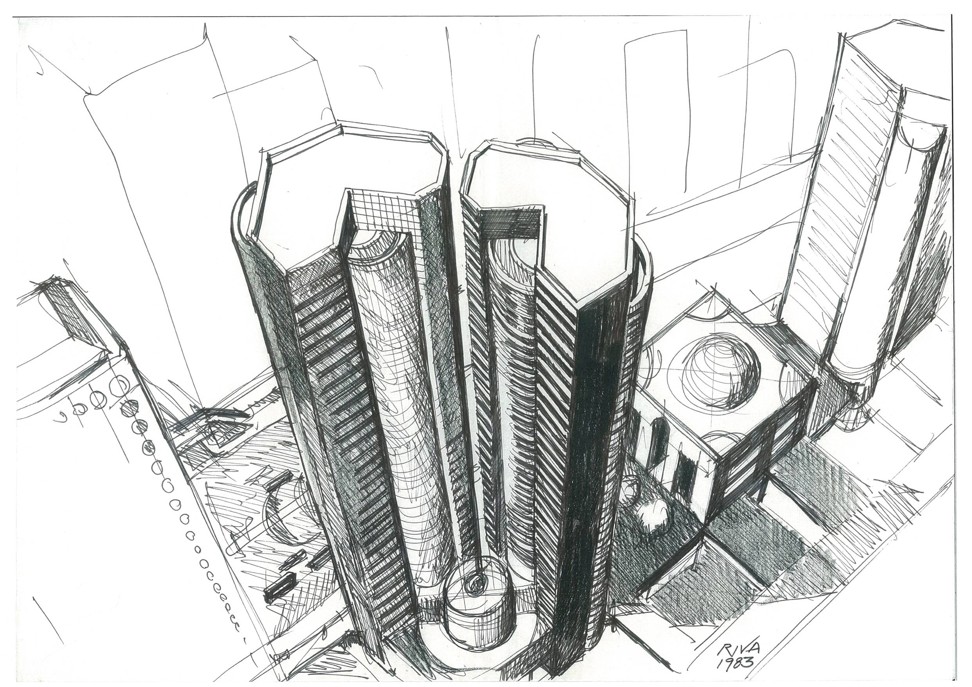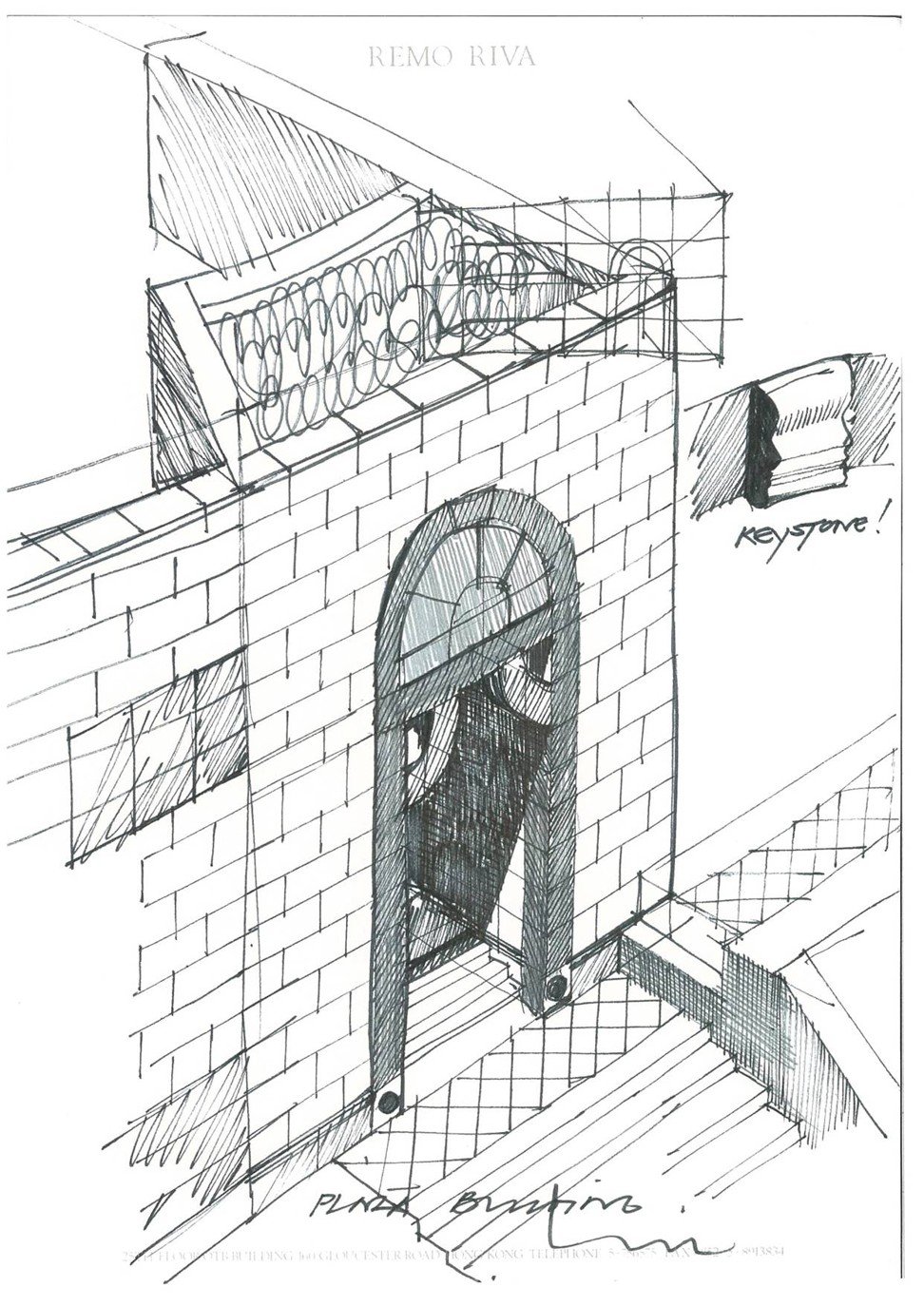A Hong Kong architecture firm shows how its done after 150 years in the business
By Ryan Swift
/ https://www.scmp.com/business/companies/article/3009723/hong-kong-architecture-firm-shows-how-its-done-after-150-years?utm_medium=partner&utm_campaign=contentexchange&utm_source=EdgeProp |
It is one of the longest running and most successful companies in Hong Kong that you may have never heard of. That's because P&T Group,one of the world's oldest architecture and engineering firms, has traditionally maintained a low profile over its 151-year history.
Though the company has changed with the times, it also revels in its traditions. The company employed a platoon of tea ladies " women who pushed trolleys of hot beverages around the desks of P&T's 700 Hong Kong-based employees.
"They would ask you what you want " coffee, tea or a mixture of coffee and tea " just like at a cha chaan teng [a Hong Kong-style restaurant]," said Janette Chan, group director of P&T Group and a 30-year veteran. "It's something I really treasured."
Advertisement
The tea ladies were finally discontinued two years ago when nobody could be found to replace them.

Jardine House, completed in 1972, is one of P&T Group's most famous buildings. Photo: SCMP
When the company moved its offices from Prince's Building in Central to OTB Building in Wan Chai in 1978, the senior partners were concerned about getting back and forth to Central to see clients. According to retired P&T director Nick Burns, the company bought a Red London Taxi and had it shipped to Hong Kong, to serve as the dedicated shuttle for partners. After years of refits and repairs, the taxi was finally retired three years ago.
The tea ladies and the taxi may have gone, but work goes on at the firm that was responsible for most of the major landmarks in Central right from Hong Kong's colonial past to this day.
One of P&T Group's most famous buildings, Jardine House, was not universally loved when completed in 1972. But it was the first building to connect Central with the waterfront thanks to its open plaza design and connecting walkways that bridged Connaught Road.

Exchange Square, completed in 1984, was designed P&T Group. Photo: Handout
In 1984, another P&T design, Exchange Square " the home of the Hong Kong stock exchange " was completed. Other landmarks include the Standard Chartered Bank Building, the old Bank of China Building, Prince's Building, Alexandra House and Central Tower. The Pedder Building is one of the last remaining examples of P&T's pre second world war architecture left in Central.
Hong Kong universities and international schools, infrastructure, low cost housing complexes and even the clubhouse at the Shek-O Golf and Country Club are all part of its portfolio.
Last year, the firm donated some of its original drawings to Hong Kong University and M+ museum, a part of the West Kowloon Cultural District, for research work.
Advertisement
"In examining the drawings that have been sent to us so far, I've been surprised at the sheer breadth and diversity of their work, from single family villas on The Peak to factories in the New Territories to telephone exchange buildings to HSBC bank branches to godowns," said Chris Webster, dean of Hong Kong University's faculty of architecture.

The Bank of China Building (centre) is another P&T Group design. Photo: SCMP
P&T Group, known as Palmer and Turner until 1982, was founded by 24-year-old William Salway a year after a fire in 1867 had destroyed much of Central's early buildings.
In 1883, Clement Palmer, then just 23, designed the first Hong Kong & Shanghai Bank Building, on the site where the new HSBC Building sits. Arthur Turner, a structural engineer, joined the firm in 1884. From 1891 onwards, the name Palmer and Turner was kept, despite the arrival of new partners.
"They were very influential in the construction of colonial Hong Kong and treaty port-era Shanghai during the late 19th and early 20th centuries. At the firm's pre-war apex, they were designing projects throughout Southeast Asia, primarily in the British colonial sphere," said Webster.
After the second world war, Palmer and Turner reassembled and rapidly expanded in the 1970s, going from 60 people in 1970 to 300 in the early 1980s. That period also saw major changes to P&T and the Hong Kong architecture business.
The first was the rapid expansion of construction in China during the 1980s and 90s. In 1979, P&T returned to China with a commission to design the landmark Jinling Hotel in Nanjing.
Advertisement
Remo Riva, a senior designer and director at P&T who joined in 1972, remembers showing the plans for the hotel in an old school building to assembled military and political figures. The architect team was even chauffeured around Nanjing to look for a suitable site for the hotel.

Security guards march past the nearly completed Oriental Plaza, in Beijing, on August 19, 1999. The enormity of the project made it especially significant for P&T and the then Chinese government. Photo: AP Photo
When it was completed in 1983, the Jinling Hotel was the tallest building in China. An old aerial photo shows the 110-metre hotel, gleaming white and towering above old tenement buildings and empty streets.
That project, one of six hotels approved by the State Council in 1979, opened the way for P&T Group and other Hong Kong architects to re-enter post-Mao China. "All the cities wanted to have such projects. Suddenly, everyone wanted everything; hotels and malls in cities I had never heard of," said Riva.
In the early 1990s, P&T Group won the competition to design Beijing Oriental Plaza, a huge project originally backed by Tung Chee Hwa, the first chief executive of Hong Kong, and later supported by Li Ka-shing, Hong Kong's richest man. Located just blocks away from the Tiananmen monument in the city's historic centre, the site and enormity of the project made Oriental Plaza especially significant for P&T and the government.
In her book, The Making and Selling of Post-Mao Beijing, Anne-Marie Broudehoux wrote that then-Beijing mayor Chen Xitong argued with government officials worried about Oriental Plaza overshadowing Beijing's government buildings, which led to frequent shutdowns and alterations. Chen was removed from office in 1995 on corruption charges.
The China building boom benefited other Hong Kong architects who, according to Riva, started their own firms on the back of opportunities on the mainland. He estimates that the number of Hong Kong firms quintupled, which ultimately put downward pressure on fees when the amount of work slowed. Currently, the Hong Kong Institute of Architects (HKIA) has 170 registered practices.
A 2016 study by Hong Kong University assessing the value of Hong Kong's creative industries estimated that the value of the architecture business had more than tripled between 2006 and 2016, from HK$3.5 billion (US$446 million) to nearly HK$12 billion, while the number of people employed in the sector had risen from 10,700 to 15,940.
A change in rules by the HKIA in 1981 allowing Hong Kong architects to organise in corporate structures rather than full liability partnerships also helped firms rapidly expand overseas.

P&T Group has donated some of its original drawings to Hong Kong University and M+ museum. Photo: Handout
Palmer and Turner became a corporation and was renamed P&T Group in 1982. A unique structure was created that has allowed the company to survive the booms and busts that come with the construction industry.
A holding company, which owns all offices and practices, was transferred into a trust that established rules governing share ownership, dividends and profit use within the company, a structure that lasts to this day, according to Burns.
The new company was "streamlined" to suit expansion plans, said Heinz Rust, one of the P&T directors responsible for the changes at the time.
During the Asian financial crisis in the late 1990s, P&T Group dropped from 800 employees to 450. During the peak of the China business in the 2000s, group director Chan said the mainland accounted for more than half of its revenues, but that now stands at less than 30 per cent. As a result the firm has had to downsize yet again, from some 2,000 employees to just over 1,600.

A sketch by Remo Riva, a senior designer and director at P&T, who joined the firm in 1972. Photo: Handout
Beginning in the 2000s, P&T started looking farther afield for new work, opening offices in Dubai and Abu Dhabi, which cover the Middle East and increasingly, Africa.
Chan also said P&T is evolving and staying on top of new technology. It has created a small team whose aim is to identify and test new tech before scaling it up through the company.
Chan and Riva are excited by modular integrated construction, which involves prefabricated residences being assembled at a building site.
A showpiece example of modular construction has been done in Hong Kong and P&T has made four submissions to the Buildings Department. "It's our goal to keep moving, not just stick to 150 years of history," said Chan.
This article originally appeared in the South China Morning Post (SCMP), the most authoritative voice reporting on China and Asia for more than a century. For more SCMP stories, please explore the SCMP app or visit the SCMP's Facebook and Twitter pages. Copyright © 2019 South China Morning Post Publishers Ltd. All rights reserved.
Copyright (c) 2019. South China Morning Post Publishers Ltd. All rights reserved.
https://www.edgeprop.sg/property-news/hong-kong-architecture-firm-shows-how-its-done-after-150-years-business


Follow Us
Follow our channels to receive property news updates 24/7 round the clock.
Subscribe to our newsletter
Advertisement
Advertisement
Advertisement
Top Articles
Search Articles